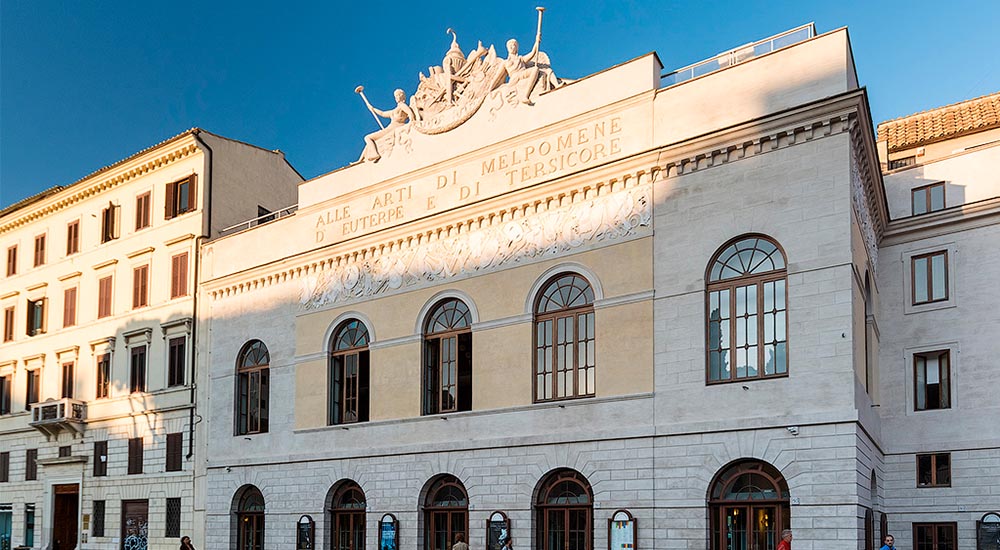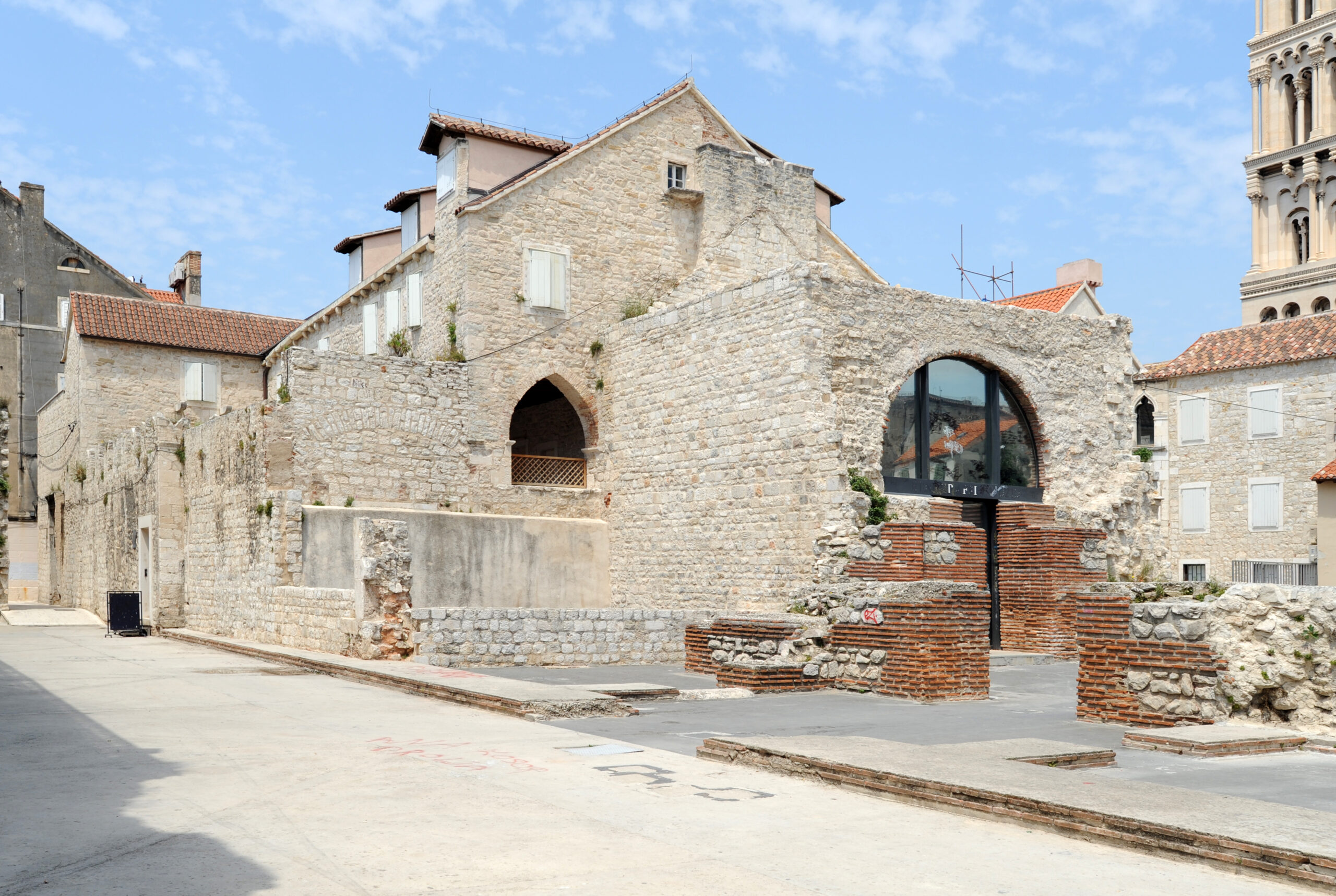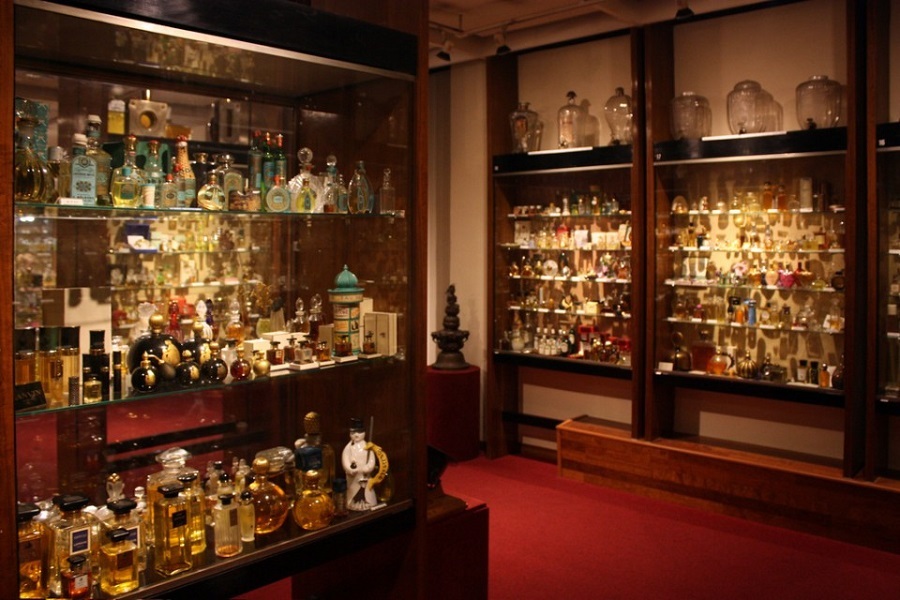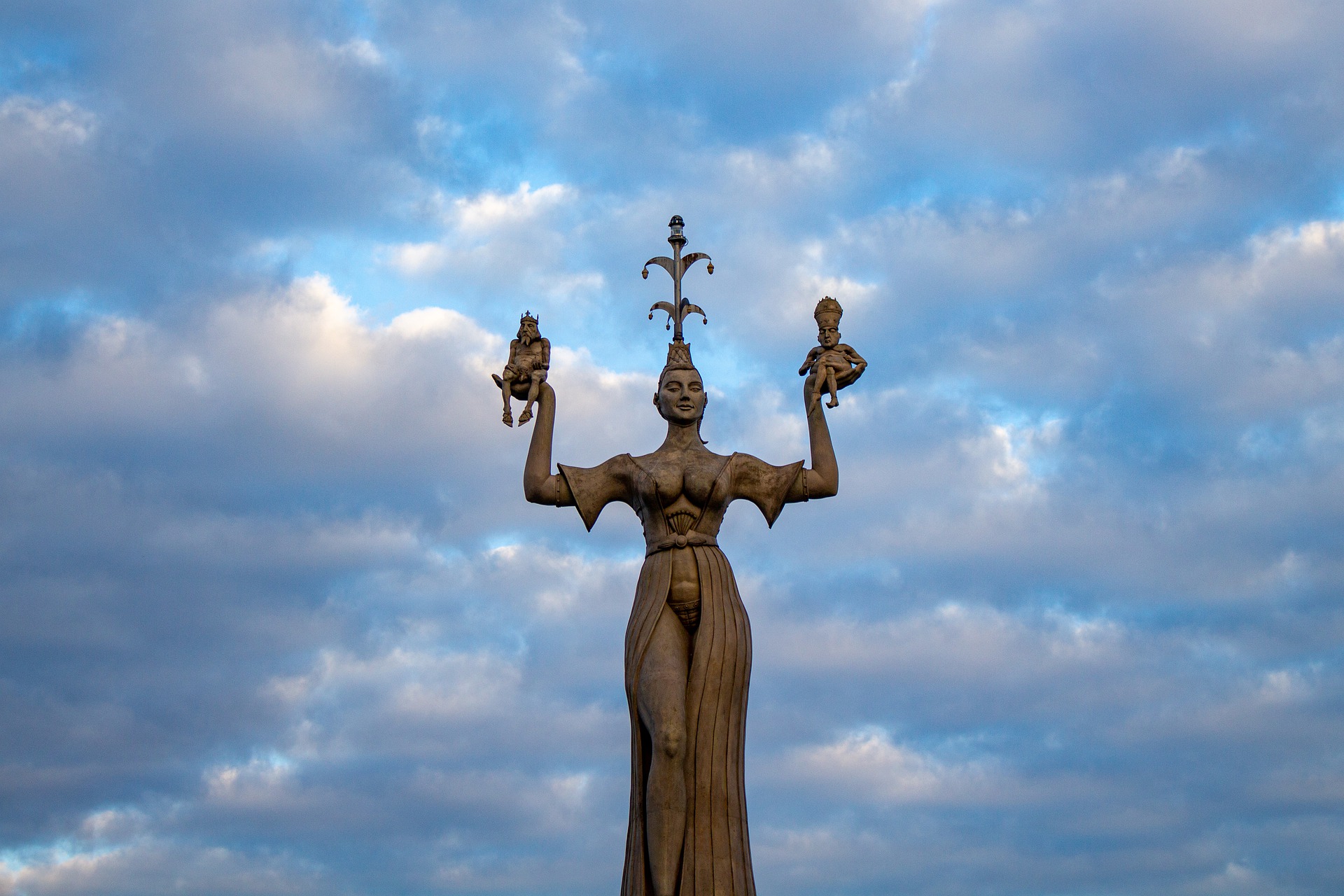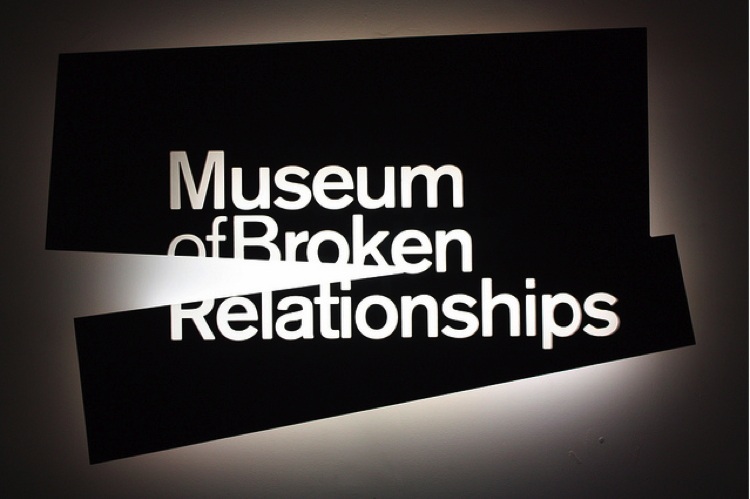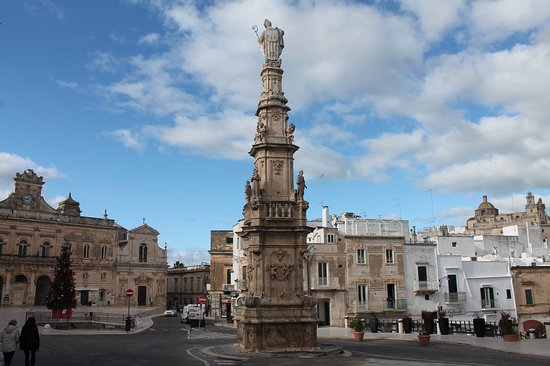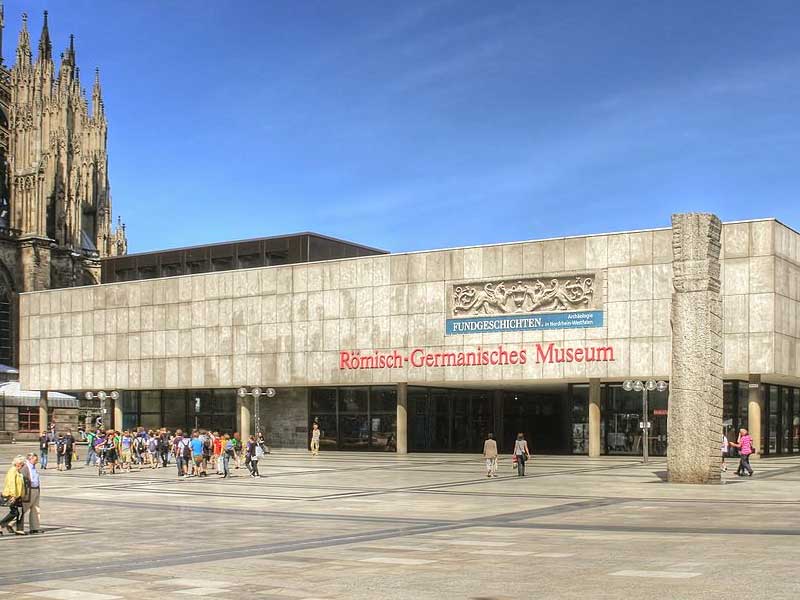The Teatro Argentina, inaugurated in 1732 by Duke Giuseppe Sforza Cesarini, houses a small museum in the attic that documents its history, designed by Cecilia Pericoli Ridolfini in 1973. The Museo del Teatro Argentina is divided into three sections: the first, topographical, documents the transformations of the urban area where the Theatre was built; the second includes remains of the ancient structure and the previous decorations of the Theatre: four fragments of the oldest preserved velarium (ceiling), with cherubs and festoons of flowers (sec. XVIII-XIX century); two wall paintings in Pompeian style (late XIX century); the final cartoon and five original studies for the curtain depicting the "Ninfa Egeria che consiglia Numa Pompilio"; two preparatory drawings for the curtain of the Apollo Theatre, all works by Cesare Fracassini (1838-1868) famous Roman painter. Also of great interest: a caricature by Nicola Zabaglia by P.L. Ghezzi (1674-1755); an antique hollowed-out (truss) in silver fir, of the original covering of the theatre; an 18th century wooden rotunda for raising the curtain and the scenes; bas-reliefs by A. Biagini (1926), dating back to the remake by Marcello Piacentini.
The subject of the third section is the life of the theatre, illustrated with costumes from "I Masnadieri", photos of posters, drawings and portraits of singers, actors and dancers (including the famous Fanny Essler), from the first opera performed "Berenice" (1732), to the stage settings of the 20th century.
